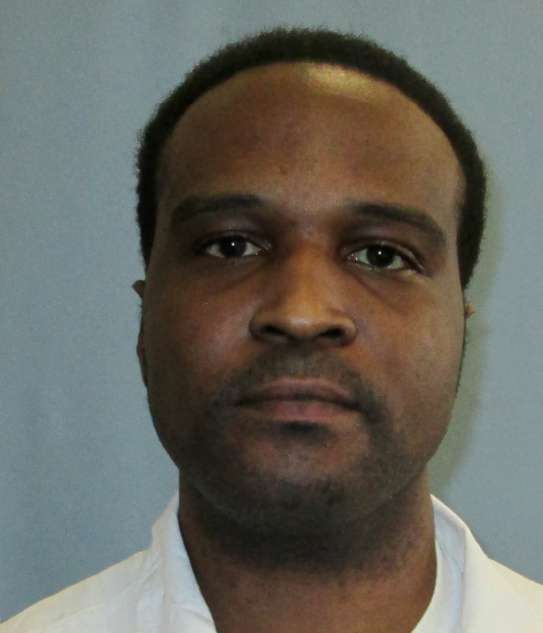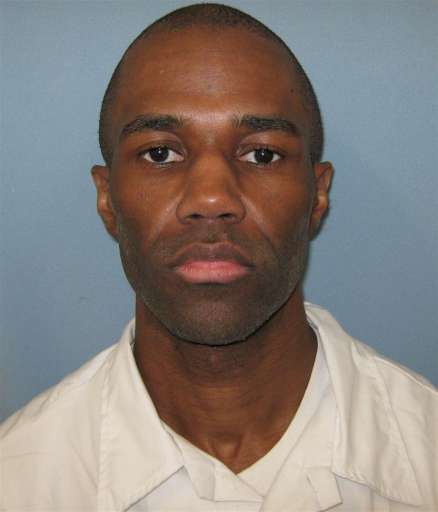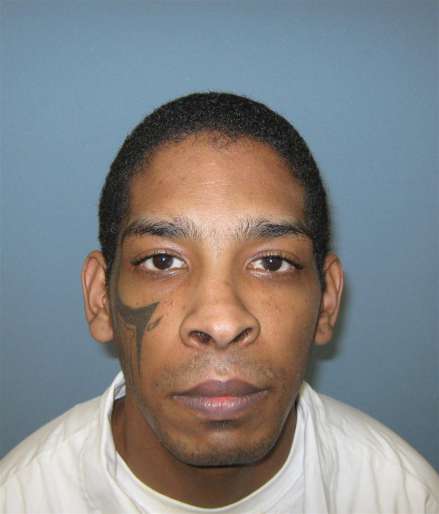Michael Woolf Alabama Death Row
Michael Woolf was sentenced to death and remains on Alabama Death Row for the murders of his wife and young son. According to court documents Michael Woolf would shoot and kill Angel Marie Woolf, and their two-year-old son Charles Ayden Woolf. Michael Woolf would be arrested, convicted and sentenced to death Alabama Death Row Inmate … Read more








